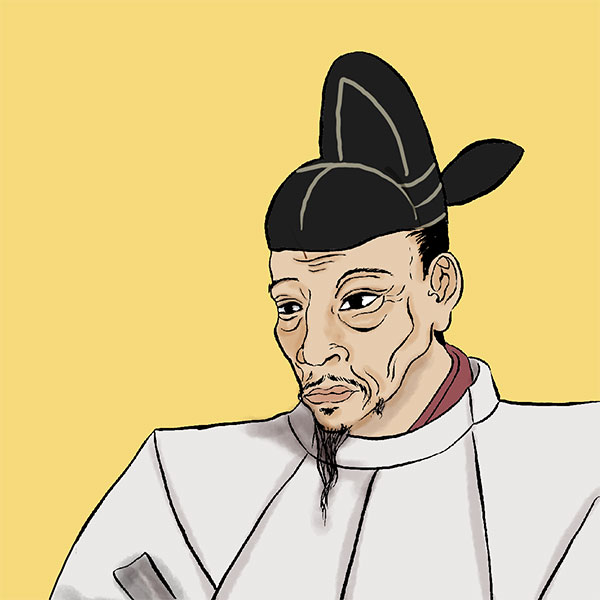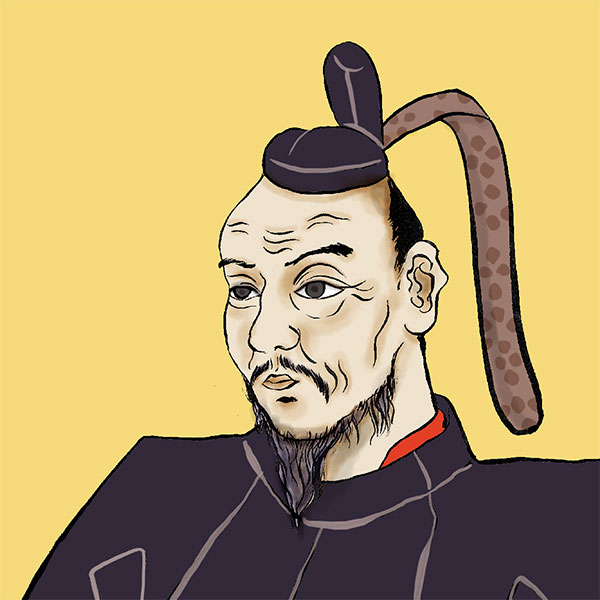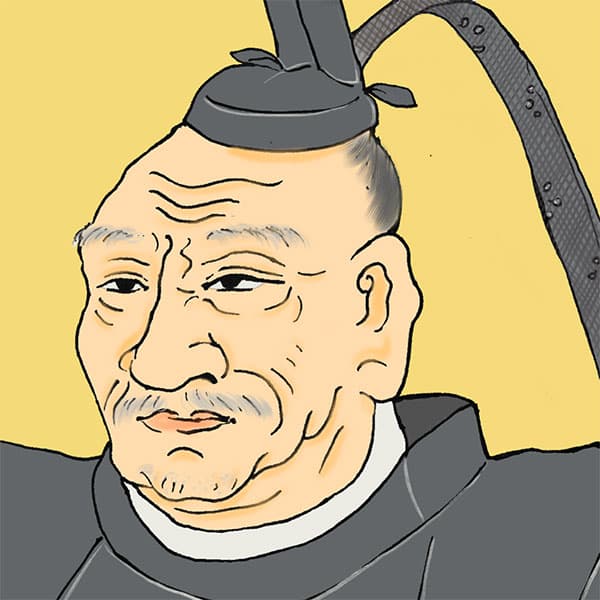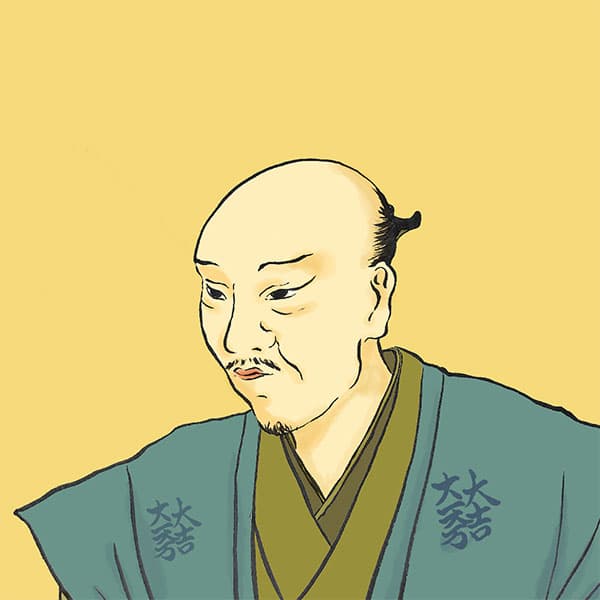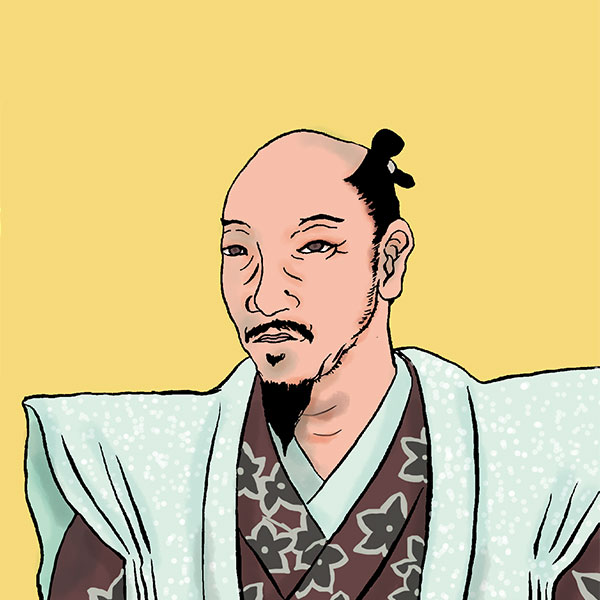Keicho no Yaku (1/2)The dispatch of troops to Korea that ended with Hideyoshi's death, Part 2
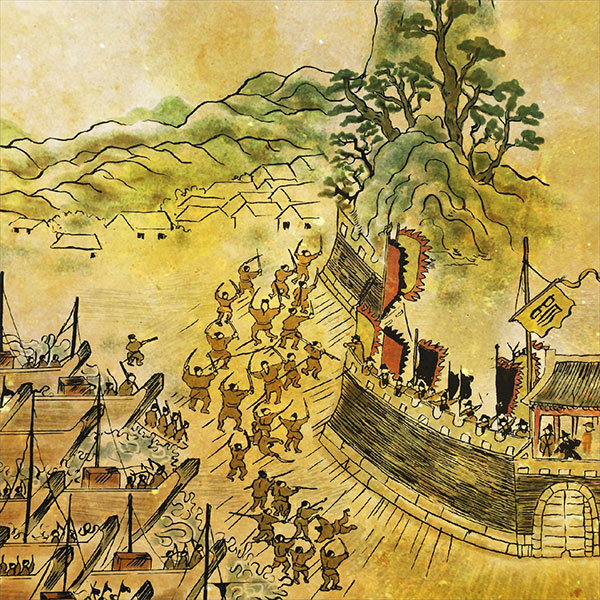
Keicho role
- Article category
- case file
- Incident name
- Keicho no Eki (1597-1598)
- place
- Saga prefecture/Nagasaki prefecture
- Related castles

Nagoya Castle

Kushima Castle

Kumamoto Castle
After the unification of Japan, Toyotomi Hideyoshi dispatched troops to Joseon Dynasty (present-day North Korea and South Korea) to conquer China (then Ming Dynasty). After the Bunroku War from 1592 to 1593, they attacked Korea again from 1597 to 1598. The Keicho War continued until Hideyoshi's death. The Korean dispatch to Korea is often referred to as the ``Bunroku and Keicho campaigns,'' but this time we will explain the latter half, the Keicho campaigns, in an easy-to-understand manner, including the influence that followed Sekigahara. (“Bunroku rolePlease refer to the separate article for details.)
A quick look back at “Bunroku no Yaku”
The Bunroku War was a battle in which Toyotomi Hideyoshi, who unified the country, attacked Korea with his eyes set on the Ming Dynasty. There are various theories as to why Hideyoshi decided to attack the Ming Dynasty, and the most popular ones are: (1) To carry on Oda Nobunaga's will; (2) Hideyoshi's desire for fame and honor; (3) To reduce the power of the feudal lords; (4) To expand territory. ⑤ To revive counterfeit trade with the Ming Dynasty ⑥ To counter the European powers that were trying to colonize Asia.
A total of 250,000 to 300,000 people participated in the Bunroku War, and the commander-in-chief was Hideie Ukita, and the chief magistrate was Mitsunari Ishida. Many famous military commanders such as Yukinaga Konishi, Kiyomasa Kato, Nagamasa Kuroda, Takakage Kobayakawa, and Terumoto Mori have served in Korea. Furthermore, Tokugawa Ieyasu was in the ``reserve army'' and did not dispatch troops to Korea.
The Japanese army landed in Busan, defeated the Korean army one after another, and captured the capital, Hanseong. Although the navy, led by Yi Sun-shin, sometimes suffered from a lack of supplies, the Japanese army still had the upper hand and captured Pyongyang. Among them, Kiyomasa Kato was active in capturing the prince of Korea and going north to fight against the Orangkai (Jurchen tribe) in Manchuria.
Things started to change after Ming reinforcements arrived. January 1593. Ming commander Li Rusong raids Pyongyang, and the Japanese army suffers its first major defeat. Yukinaga Konishi, who was in Pyongyang, withdrew to Kaesong. On January 25th, the Japanese army defeated the Ming army and achieved a landslide victory at the Battle of Bijiguan, but the Japanese army ran into a shortage of supplies and an epidemic spread. On the other hand, the Ming army lost momentum, and both sides began to feel a ceasefire, and peace negotiations began.
The cause of the Keicho War was a ``peace full of lies''
Peace negotiations continued for a long time, but a tentative peace was reached in April 1593. The people in charge of negotiations were Yukinaga Konishi on the Japanese side and Yukinaga Shen on the Ming side. In order to end the Bunroku era, these two men decided to convey false peace terms to the leaders of both sides. In other words, Yukinaga Konishi informed Hideyoshi Toyotomi that Ming had surrendered, and Shen Yujing informed Ming that Japan had surrendered.
Yukinaga Konishi and Yukinaga Shen cooperated with each other and even falsified envoys and documents. Shen Yujing sent his subordinates to Hideyoshi under the guise of being imperial envoys from the Ming Dynasty. Hideyoshi, who believed that the Ming side had surrendered, was naturally bullish and presented conditions to the Ming side. The conditions are: 1) Marry the princess of the Ming Dynasty to the emperor; 2) Restore trade in trade; 3) Ministers from both sides exchange oaths; 4) cede half of the eight provinces of Korea to Japan, and return the rest and Hanseong to Korea; 5) Prince of Joseon. The plan was to present the chief retainers as hostages to Japan, 6. return the Korean princes captured by Japan to Korea, and 7. make Korean senior vassals pledge not to disobey Japan.
It was clear that if Hideyoshi's demands were presented as they were, Ming Ming would not be satisfied. For this reason, the Japanese side arbitrarily changed the terms and Yukinaga Konishi's subordinates stood as messengers to the Ming Dynasty. The Ming side said that they needed Hideyoshi's surrender document to prove the peace agreement, so Yukinaga forged it and submitted it to the Ming Dynasty. The false demands from Japan were for the resumption of trade, for Japan to be placed in a sakuho system, and for Hideyoshi to be recognized as the king of the domain. By the way, the reason why they attacked Korea was because ``Korea refused to intercede with Ming.''
In response, the Ming side decided to allow Japan to enter the Shufu system and bestow the title of King of Japan (King of Adaptation) and the Golden Seal on Hideyoshi. However, he decided to refuse to restart the Kango trade and sent an official envoy to Hideyoshi. In September 1596, when Hideyoshi and Ming envoys met, the lie they had made during peace was revealed! Hideyoshi was naturally furious and decided to attack Ming again. Furthermore, Shen Yuqing of the Ming Dynasty, who led the peace process, was sentenced to death after returning to Japan, but Yukinaga Konishi survived through the intercession of Mitsunari Ishida and Toshiie Maeda.
Keicho War ① 140,000 soldiers re-deployed to Korea
Hideyoshi issued a mobilization order to military commanders to attack Ming Dynasty, and about 140,000 soldiers were once again assembled to send troops to Korea. Hideaki Kobayakawa became the commander-in-chief of the Keicho War. Additionally, it has been decided that Kiyomasa Kato and Yukinaga Konishi will each be in charge of the first team (first players) and second team on a two-day rotation. Among them, Yukinaga was a military commander who lied about peace negotiations. On the other hand, Kiyomasa was very active in the war effort during the Bunroku War, but he argued that ``we should continue the war in order to give peace an advantage,'' and conflicted with Yukinaga, who wanted to conclude peace as soon as possible. was doing. As a result, he was suspended due to Yukinaga's false statements and Mitsunari Ishida, who supported them. He later made an excuse to Hideyoshi and was forgiven, but it seems that his anger towards Yukinaga and, by extension, Mitsunari was considerable.
Regarding the re-deployment army, the following military commanders are participating.
- First squad/second squad
- Kiyomasa Kato, Yukinaga Konishi
- Third squad to seventh squad
- Nagamasa Kuroda, Naoshige Nabeshima/Katsushige, Yoshihiro Shimazu, Motochika Chosokabe, Takatora Todo, Yasuharu Wakisaka, Iemasa Hachisuka, etc.
- Eighth and Ninth Division
- Hidemoto Mouri, Hideie Ukita
In addition, Hideaki Kobayakawa, the commander-in-chief, is stationed at Busanpo Castle, and Muneshige Tachibana, who is in charge of guarding the castles, is stationed at Ankotsupo Castle.
Keicho War ② The Japanese army has the upper hand at the beginning, and builds a castle and strengthens its defenses.
Toyotomi Hideyoshi's strategy for sending troops back into Korea was to ``succeed and defeat all of Jeolla Province, and then advance to Chungcheong Province and other areas.'' Jeolla Province was the only area that the Japanese army was unable to conquer during the Bunroku War due to local resistance and rugged terrain, so I guess this is a revenge for the previous attack. After carrying out the operation, he withdrew to the coast of Gyeongsang Province, built a castle, decided on the lords of the castle, mainly the feudal lords of Kyushu, and instructed them to station troops there. In order to live in Korea for a long time, the castle ordered them to build a Japanese-style castle (Japanese castle) that they were accustomed to. The plan was to once withdraw everyone except the castle lord, prepare the system, and send out a large-scale re-dispatch in 1599. According to the plan, 140,000 soldiers crossed the Tsushima Strait, landed in Busan one after another, and dispersed to various locations.
The article on the role of Keicho continues.

- WriterNaoko Kurimoto(Writer)I am a former travel industry magazine reporter. I have loved history, both Japanese and world history, since I was a child. I usually enjoy visiting temples and shrines, especially shrines, and often do ``pilgrimages to sacred places'' themed around historical figures. My favorite military commander is Ishida Mitsunari, my favorite castle is Kumamoto Castle, and my favorite castle ruins is Hagi Castle. My heart flutters when I see the ruins of battle castles and the stone walls of castle ruins.




